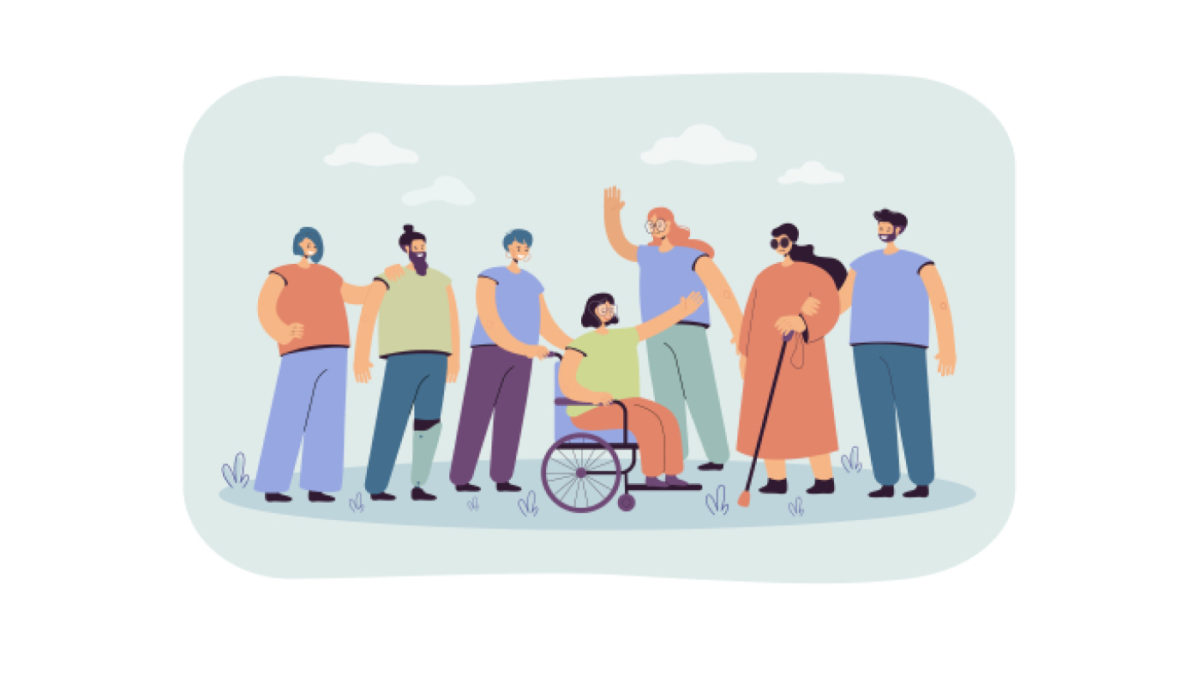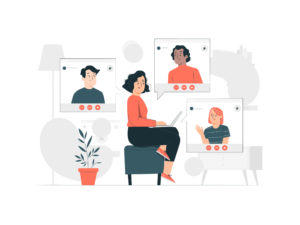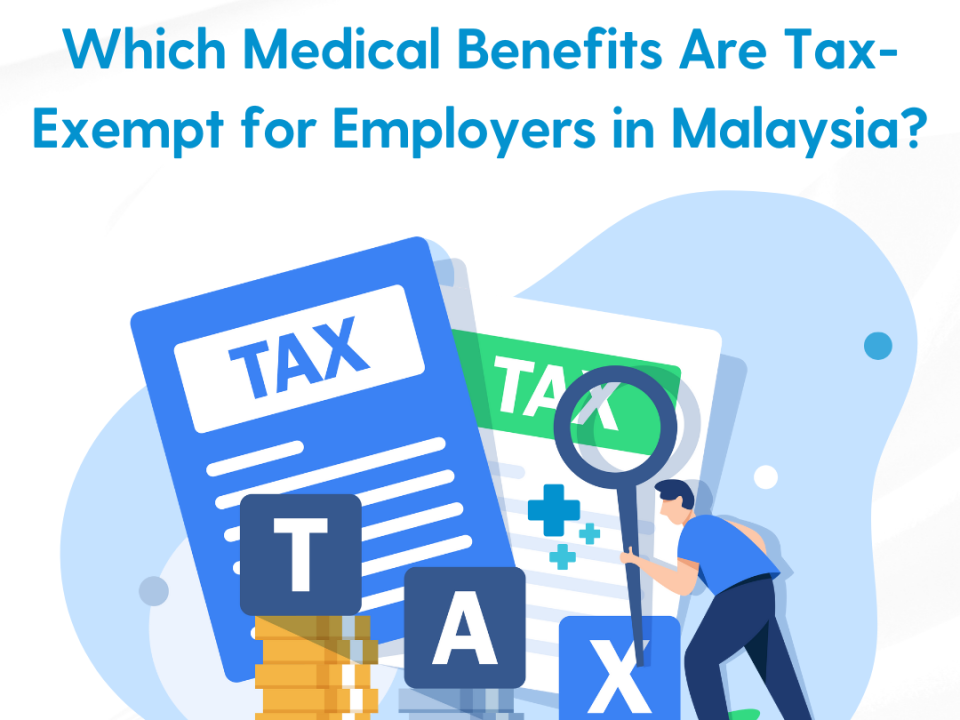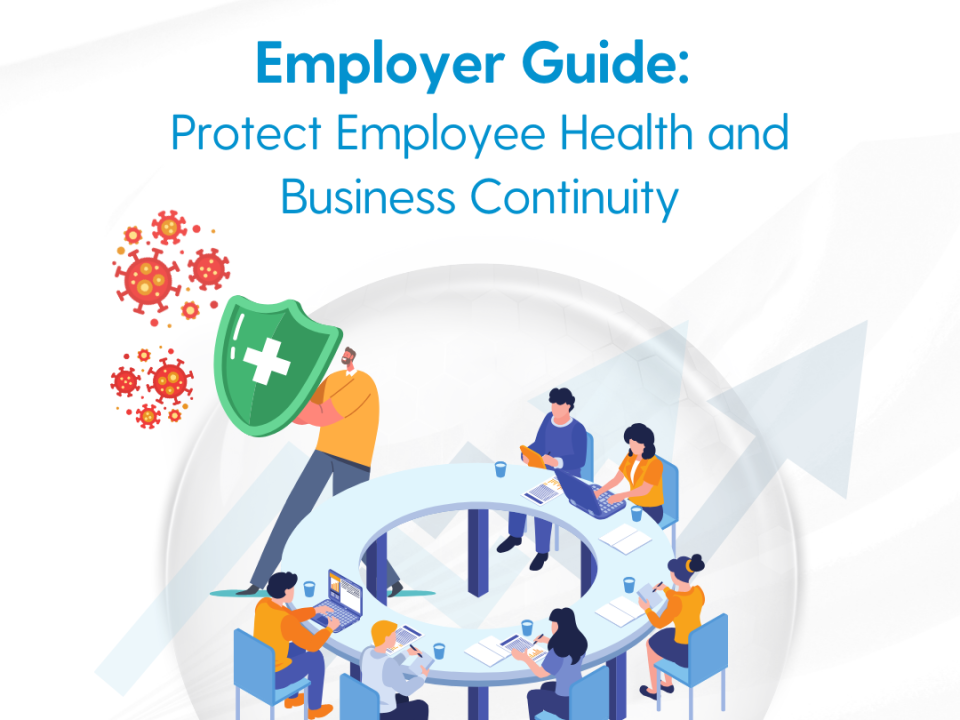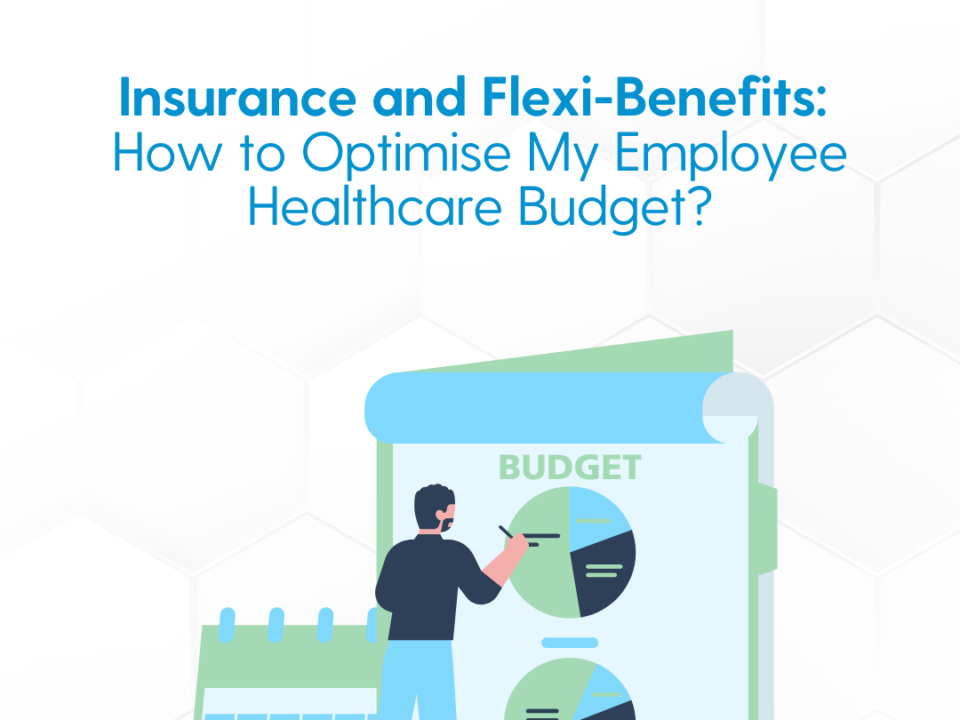
HR’s biggest challenge – Shaping the future of workforce
October 4, 2022
The complete employee experience strategy for HR
October 11, 2022How to support someone with disabilities at work
Engage
How to support someone with disabilities at work
October 2, 2022
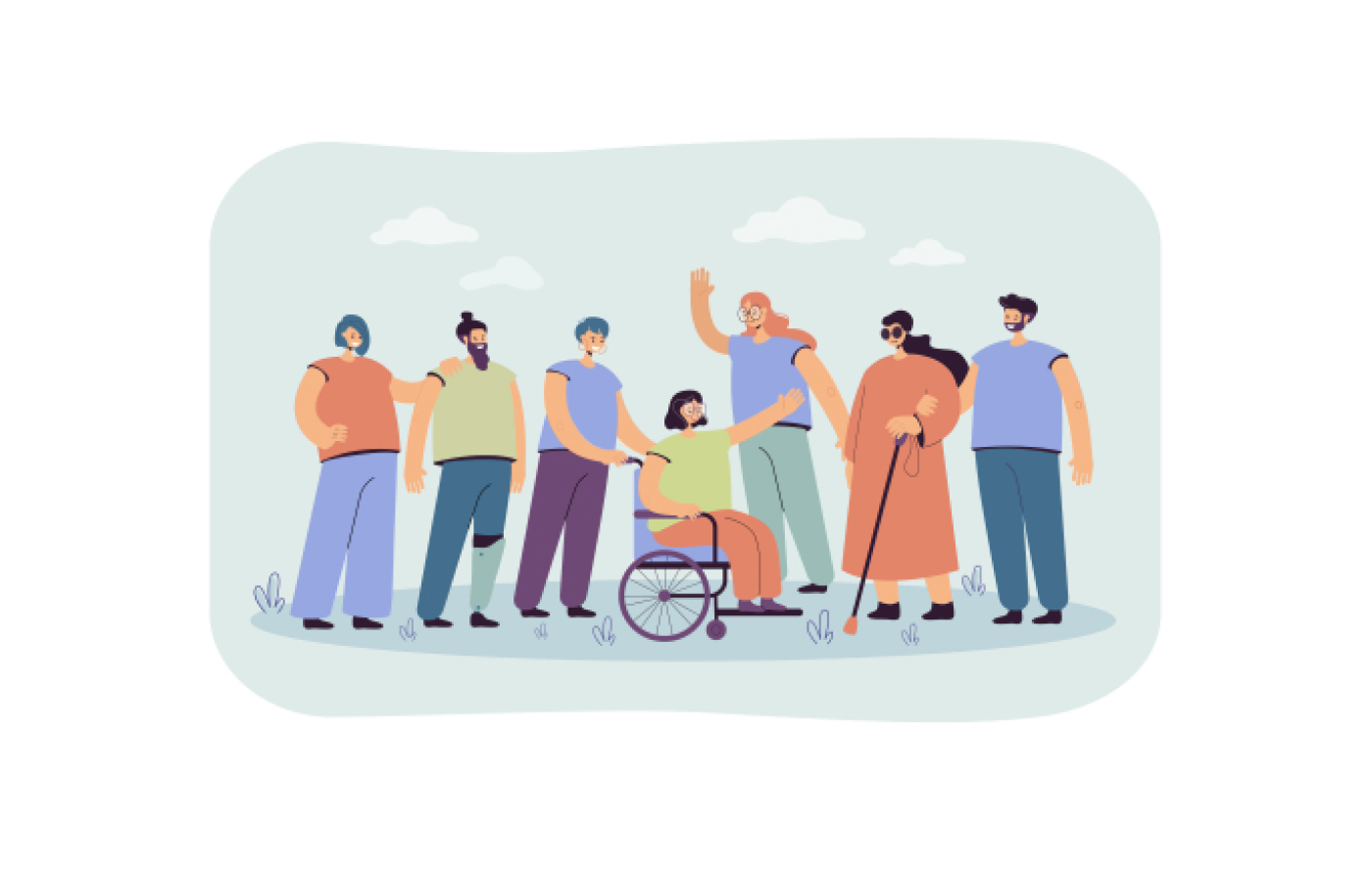
According to the United Nations, there are 370 million persons with disabilities (PwD) in the Asia Pacific, and over 64.3% are of working age. However, the unemployment rate is usually 80% or higher.
The main reason why PwDs are often unemployed is because employers often have pessimistic views about their abilities. For example, persons with disabilities have low productivity, high absenteeism, challenging to train, and more.
But a 2018 market survey conducted by Accenture showed otherwise. Employers who hired employees with disabilities actually outperformed their peers.
The 45 companies leading the disability employment and inclusion had, on average:
- 28% higher revenue,
- 2x the net income, and
- 30% higher economic profit margins than the other companies.
The previous research also shows that employees with disabilities offer substantial business benefits, including increased innovation, a better work environment, lower turnover rate and improved productivity.
This groundbreaking research indicates that it pays to hire employees with disabilities in the workplace, and everyone benefits from it.
If you wish to be an inclusive employer and leverage one of the largest untapped labour force, you're in the right place.
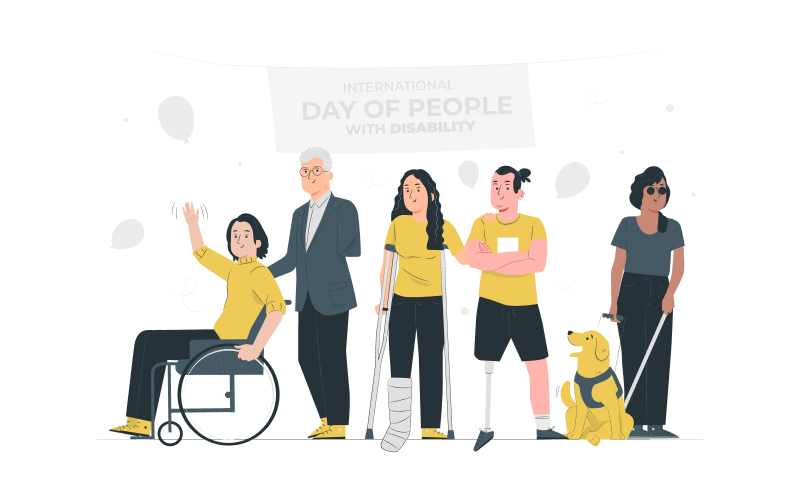
5 ways on how to support someone with disabilities in the workplace
1. Create disability awareness training for employees
While corporate diversity is a priority, disability awareness training is often overlooked. It's vital to create an environment where people with disabilities are not only accepted but encouraged to succeed.
Disability awareness training educates your employees about what it means to be disabled, how being disabled affects those around them, and how best to work with persons with disabilities.
Before employing persons with disabilities, this training is crucial to creating a disability inclusion where everyone accepts all differences and effectively works together.
Tip: SG Enable has created a starter kit to better equip employers with the relevant knowledge and information to support persons with disabilities.
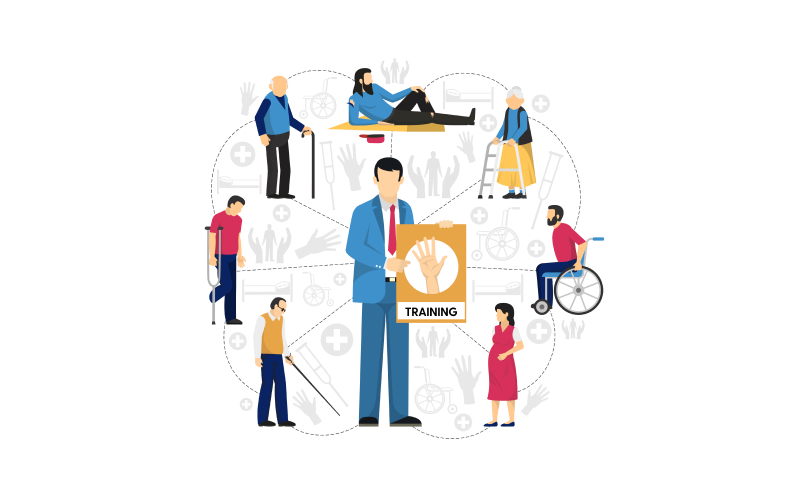
2. Provide training for managers and supervisors to work effectively with individuals with disabilities
Managers could feel daunted by the idea of managing someone with a disability for the first time. They may not know how to act around or interact with persons with disabilities.
This is why organisations need to train their managers and supervisors about disability etiquettes.
Important things to remember when working with persons with disabilities:
- Use first-person language. Instead of "Bob is autistic", say "Bob has autism."
- Make eye contact with the person, regardless of the disability.
- Ask before you help; the person will request assistance when needed.
- Focus on abilities instead of disabilities.
- Allow them to do what they can do.
- Respect the person's privacy, including their disability details.
- Treat them just as you would anyone else.
Did you know that there are different disability etiquettes depending on the type of disability? Click here to find out customised etiquette for 4 major types of disabilities.
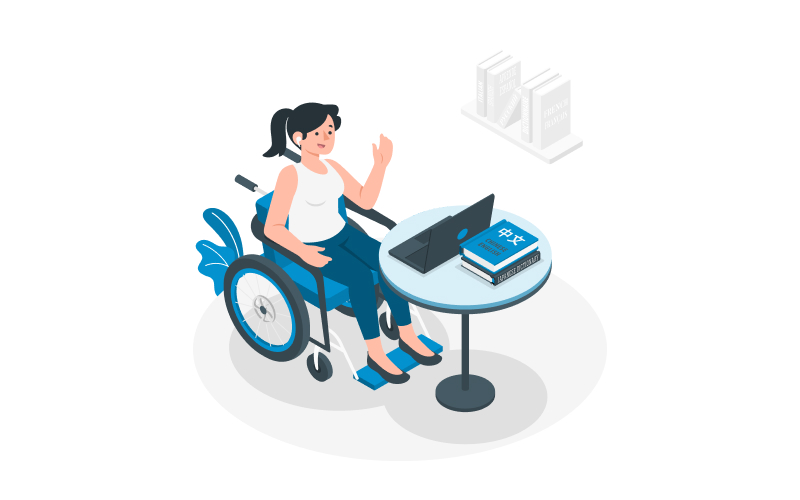
3. Offer flexible work arrangements to accommodate disabilities
Imagine an employee with a disability informed his manager that he had to attend a physical therapy session every day at 8.30 am.
If an organisation has a flexible work schedule, the manager can allow the employee to change the starting time and quitting time — or even working from home.
Flexible work arrangement is crucial to support employees with disabilities. They could be having difficulties commuting to work or working within the standard hours.
Some of the flexibilities you can offer are:
- Work from home
- Alter starting and quitting times
- Flexible time-off
- Well-being leave
- Additional sick leaves
- Flexible break time
Offering these flexibilities to your employees with disabilities helps them work better and encourages them to stay loyal to you.
Read this: Concerned about losing productivity if you allow remote work? Here is how to manage remote work without missing a beat.
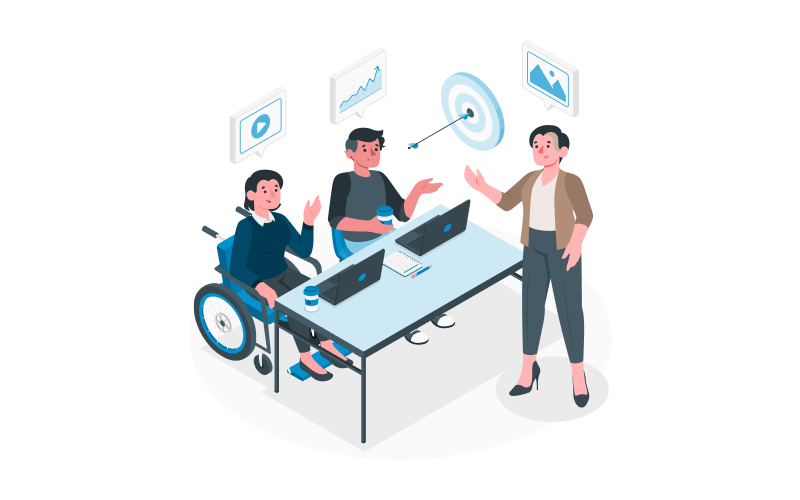
4. Encourage open communication between the employee, manager, and HR team about accommodations needed
Each employee with disabilities has their own needs and accommodation requests. For example, someone who has ADHD may find bright lights and loud noises difficult. This could distract their focus, dampen their productivity, and increase their stress level.
As an inclusive employer, it's important to maintain an open communication channel between the employee and the employer.
Encourage the employee with disabilities to voice out any difficulties they had at work and accommodation requests to improve their employee experience.
You can hold one-on-one meetings, take online feedback, or simply ask them "how are you" to spark the conversation.
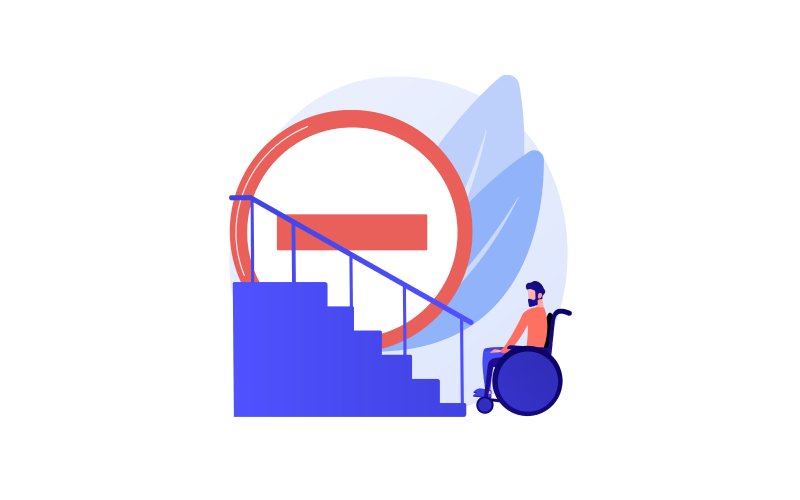
5. Be proactive to figure out accommodations needed
Some employees with disabilities might hold back from asking too much from their employers. In this case, you need to be proactive in providing accommodations for them.
Start by identifying a few common disability types in your organisation and see the workplace from their viewpoint.
Here are a few questions to get started:
- Is it easy for them to commute to work?
- Is it easy for them to move around in the office?
- Is it easy for them to use the office equipment?
- Is it easy for them to access company policies and benefits?
- Is it easy for them to view the screen?
- Is it productive for them to work in this office environment?
- What else do they need to work better?
Some of the examples of needs are: noise-cancelling headphones, a quiet room, wheelchair ramps, accessible bathrooms, or assistive technologies such as screen readers, voice recognition technology, hearing loops, or amplified phones.
You may also arrange transport to pick them up from their home to the office.

Our conclusion
As employers, it is your job to provide great experiences for all employees, including those with disabilities.
This isn't just about making sure offices are accessible. It's about knowing what's important to them and designing great experiences that make them want to work better for you.
So by enabling them to thrive in the workplace, you're fulfilling both their needs as well as yours.
Related articles:
About Mednefits:
Mednefits helps businesses take care of their employees with its automated, affordable, and accessible employee benefits platform.
Request to join Mednefits for free to help process and track claims in real-time, while controlling costs.
